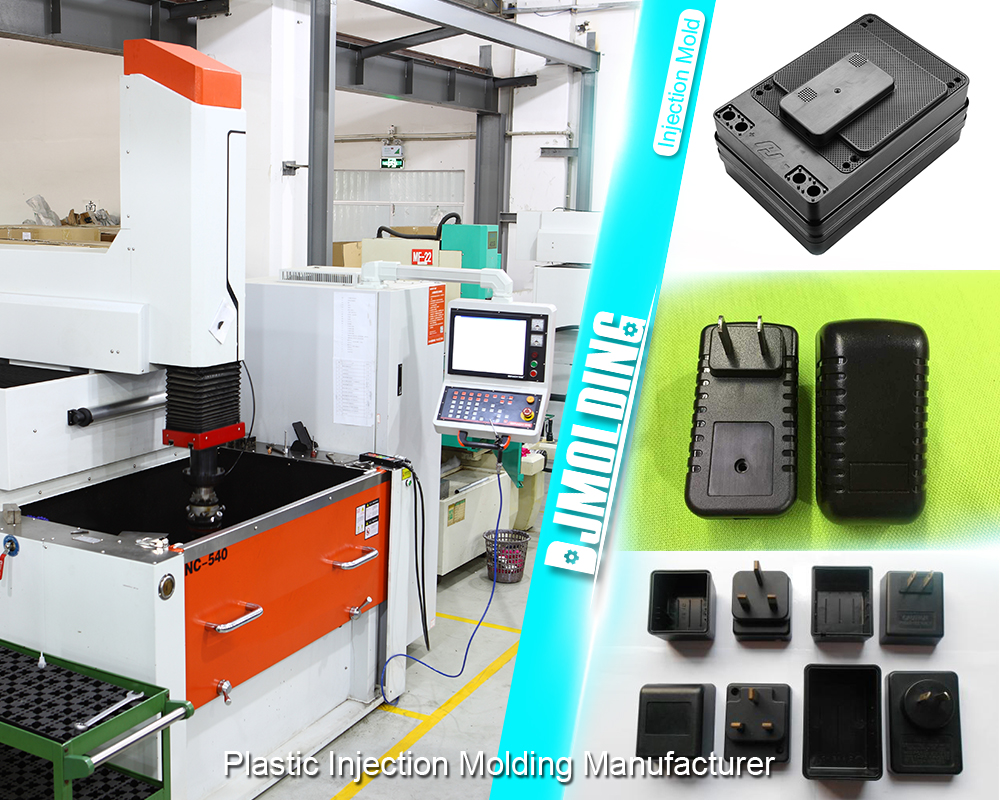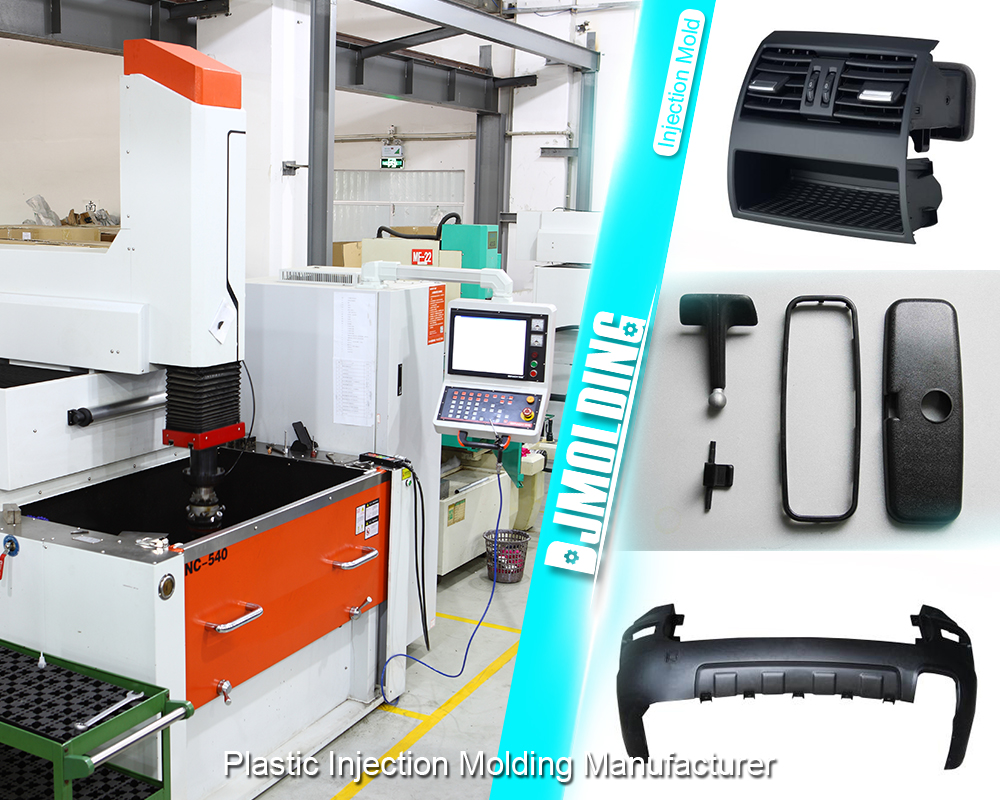Factors That Can Determine Low-Volume Injection Molding Cost For Small Volume Manufacturing
Injection molding is an effective manufacturing process for producing high-quality plastic parts in large quantities. However, low-volume injection molding can also offer a cost-effective solution for small-batch production runs. If you are seeking low-volume injection molding services, it is crucial to consider the various factors that can affect the cost of the process.
In this blog post, we will explore some of the most important factors that can determine the cost of low-volume injection molding, providing valuable insights into how you can optimize your production process while minimizing costs.

Low-Volume Injection Molding Facts
This process of manufacturing entails producing a small number of plastic parts using injection molding technology. This process is ideal for companies that require a small quantity of parts for testing, prototyping, or low-volume production runs. The process is cost-effective, efficient, and produces high-quality parts that meet the required specifications.
The advantages of low-volume injection molding are numerous. Firstly, it allows companies to produce small quantities of parts without incurring high tooling costs. Secondly, it enables companies to test and validate their designs before committing to high-volume production runs. Thirdly, it allows companies to respond quickly to market demands and changes in product design.
Understanding the Cost Factors of Injection Molding
Injection molding is a complex process that involves several cost factors. The process involves melting plastic pellets and injecting them into a mold cavity to produce a part. The cost of injection molding is influenced by several factors, including the complexity of the part, the material used, the tooling and mold making costs, the production volume, quality control and inspection costs, post-processing and finishing costs, and shipping and logistics costs.
Material Selection and Its Impact on Cost
The selection of materials used in injection molding is vital to the success of the process. There are several types of materials used in injection molding, including thermoplastics, thermosets, and elastomers. The choice of material depends on the application, the required properties of the part, and the cost.
The material selection process can significantly impact the cost of injection molding. Some materials are more expensive than others, and the cost can vary depending on the supplier and the quantity ordered. Additionally, some materials require special handling and processing, which can increase the cost of production.
Design Considerations for Low-Volume Injection Molding
Design is a critical factor in low-volume injection molding. The design of the part can significantly impact the cost of production. The design must be optimized for the injection molding process to ensure that the part can be produced efficiently and at a low cost.
Several design factors can affect the cost of production, including the complexity of the part, the size of the part, the number of cavities in the mold, and the type of material used. Design for manufacturability (DFM) is a critical aspect of low-volume injection molding. DFM involves designing the part to be easily produced using the injection molding process.
Tooling and Mold Making Costs
Tooling and mold making are essential variables in low-volume injection molding. The cost of tooling and mold making can significantly impact the cost of production. The tooling and mold making process involves designing and manufacturing the mold that will be used to produce the part.
The cost of tooling and mold making depends on several factors, including the complexity of the part, the number of cavities in the mold, and the type of material used. The cost of tooling and mold making can be reduced by using a simpler design, reducing the number of cavities in the mold, and selecting a less expensive material.
Production Volume and Its Effect on Cost
Production cost is directly proportional to the production volume. The higher the production volume, the lower the cost per part. However, low-volume production runs can still be cost-effective if the design is optimized for the injection molding process, and the material and tooling costs are minimized. Additionally, low-volume production runs can be used for testing and prototyping, which can help companies avoid costly mistakes in high-volume production runs.
Quality Control and Inspection Costs
The cost of quality control and inspection can significantly impact the cost of production. Quality control and inspection involve ensuring that the parts meet the required specifications and are free from defects.
The cost of quality control and inspection can be reduced by implementing a robust quality control system and using automated inspection equipment. Additionally, quality control and inspection can be integrated into the production process to reduce the time and cost of inspection.
Post-Processing and Finishing Costs
These are critical factors in low-volume injection molding. The cost of post-processing and finishing can significantly impact the cost of production. Post-processing and finishing involve removing the part from the mold, trimming excess material, and applying any required finishes.
The cost of post-processing and finishing can be reduced by designing the part to require minimal post-processing and finishing. Additionally, automated post-processing and finishing equipment can be used to reduce the time and cost of post-processing and finishing.
Shipping and Logistics Costs
The cost of shipping and logistics can significantly impact the cost of production. Shipping and logistics involve transporting the parts from the manufacturing facility to the customer.
The cost of shipping and logistics can be reduced by optimizing the shipping and logistics process. This can involve selecting the most cost-effective shipping method, optimizing the packaging to reduce shipping costs, and using a logistics provider that specializes in low-volume production runs.

Conclusion: Strategies for Reducing Low-Volume Injection Molding Costs
Low-volume injection molding is a cost-effective and efficient manufacturing process that can produce high-quality parts. However, the cost of production can be influenced by several factors, including material selection, design, tooling and mold making, production volume, quality control and inspection, post-processing and finishing, and shipping and logistics.
To reduce the cost of low-volume injection molding, companies can implement several strategies, including optimizing the design for the injection molding process, selecting the most cost-effective materials, reducing the number of cavities in the mold, implementing a robust quality control system, using automated inspection equipment, designing the part to require minimal post-processing and finishing, and optimizing the shipping and logistics process.
For more about factors that can determine low-volume injection molding cost for small volume manufacturing,you can pay a visit to Djmolding at https://www.djmolding.com/low-volume-injection-molding/ for more info.
Article Original From: https://www.djmolding.com/factors-that-can-determine-low-volume-injection-molding-cost-for-small-volume-manufacturing/